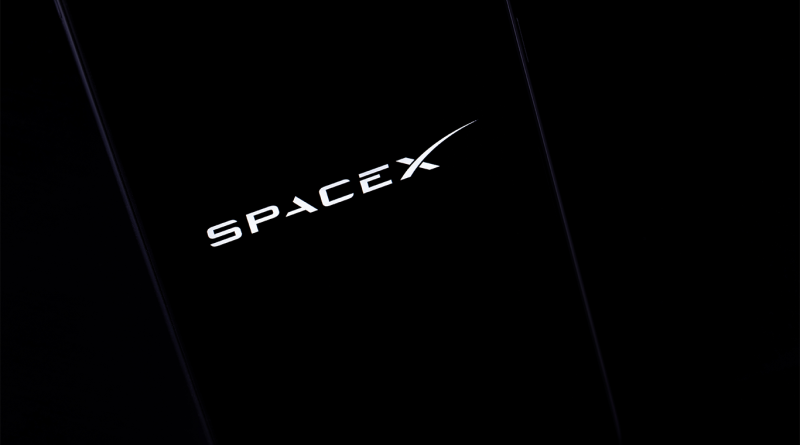How SpaceX’s $8 Million Investment in 3D Printing Could Revolutionize Rocket Manufacturing
In a landmark deal, SpaceX has entered into an $8 million 3D printing agreement with Velo3D, a leading metal additive manufacturing (AM) company. This partnership reflects the growing role of AM technology in the aerospace sector, where it is revolutionizing the way spacecraft and rockets are designed and built. The strategic collaboration will enable SpaceX to enhance its engine production capabilities, streamline manufacturing processes, and accelerate its mission timelines.
Additive Manufacturing is Transforming Rocket and Engine Production
Additive manufacturing has quickly become a game-changer in the aerospace industry. By allowing the creation of complex, high-performance components that are both lighter and more robust than traditionally manufactured parts, AM has enabled companies like SpaceX to meet the rigorous demands of space exploration. These technologies make it possible to create intricate designs in a fraction of the time and cost required by conventional methods.
In the development of rocket engines, AM offers particular advantages. SpaceX has already integrated 3D printing into the production of its Raptor engines, using it to fabricate intricate parts like combustion chambers and turbo pumps. This reduces the number of individual components and, therefore, the potential points of failure. The precision and flexibility provided by AM also make it easier for engineers to iterate designs quickly, accelerating the development process.
The Strategic $8 Million Collaboration
Earlier this month, SpaceX and Velo3D formalized a non-exclusive licensing agreement worth $8 million. Of this, $5 million is for the licensing of Velo3D’s metal additive manufacturing technology, while the remaining $3 million is allocated to engineering support services. Velo3D’s Sapphire printers, already in use at SpaceX, are critical to the partnership. These systems allow for the production of complex metal parts with minimal support structures, enabling faster production of engine components like those used in SpaceX’s Raptor engines.
The agreement is designed to be flexible and forward-thinking. SpaceX has secured access to any improvements Velo3D makes to its technology over the next 12 months. This also means that SpaceX has permission to modify and use Velo3D’s technology exclusively for internal purposes, primarily for rocket and spacecraft production.
Technological and Operational Advantages in this Partnership
Velo3D’s technology offers several distinct advantages. The company’s Sapphire systems are built to handle highly intricate geometries, allowing SpaceX to produce components that can endure the extreme conditions of rocket propulsion. The Velo3D’s systems are compatible with advanced materials such as copper-based alloys like GRCop-42, which can withstand the intense heat generated in rocket engines.
Another critical feature is the Sapphire system’s non-contact recoating technology, which improves build reliability and reduces the need for extensive post-processing. This allows SpaceX to streamline its manufacturing process, reducing both costs and production times while maintaining high levels of precision and quality.
Can Velo3D’s Partnership with SpaceX Help Stabilize Its Financial Future?
For Velo3D, the SpaceX deal is not just a technological collaboration but also a crucial financial opportunity. Velo3D was recently delisted from the New York Stock Exchange due to market capitalization issues and now trades on the OTCQX Best Market. This agreement with SpaceX provides the company with a much-needed financial boost and reinforces its reputation as a leader in the metal additive manufacturing space.
The partnership could also open doors to other aerospace contracts, potentially attracting more high-profile clients who are interested in leveraging Velo3D’s advanced 3D printing technologies. As SpaceX continues to push the boundaries of space exploration, Velo3D’s involvement could be instrumental in its future missions.
What’s Next for Additive Manufacturing in the Space Race?
Additive manufacturing is poised to become a critical enabler of space exploration. The ability to produce complex parts on-demand, potentially even in space, could reduce reliance on Earth-bound manufacturing and transportation. This would be particularly beneficial for long-duration missions to the Moon, Mars, and beyond.
Other companies, like Relativity Space, are also exploring the potential of 3D printing in rocket manufacturing, creating nearly fully 3D-printed rockets. SpaceX’s partnership with Velo3D shows that additive manufacturing is becoming an essential tool in reducing costs, increasing efficiency, and accelerating the production of spacecraft. As this technology evolves, we are likely to see further breakthroughs in materials and methods, with AM becoming an integral part of future space exploration efforts.
Sources:
